KONNO COMMITMENT
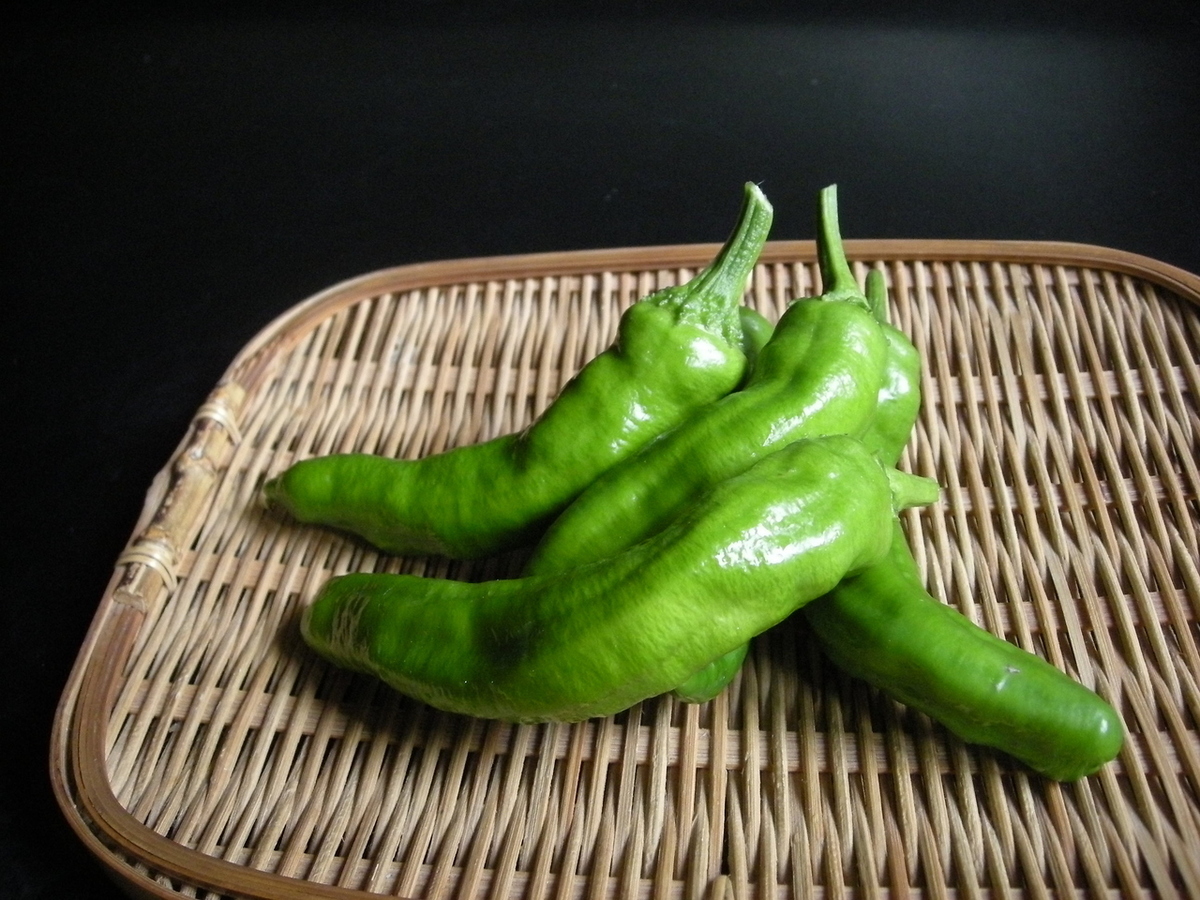
Takagamine pepper
It is smaller than Wanji tempura, but a solid local vegetable.
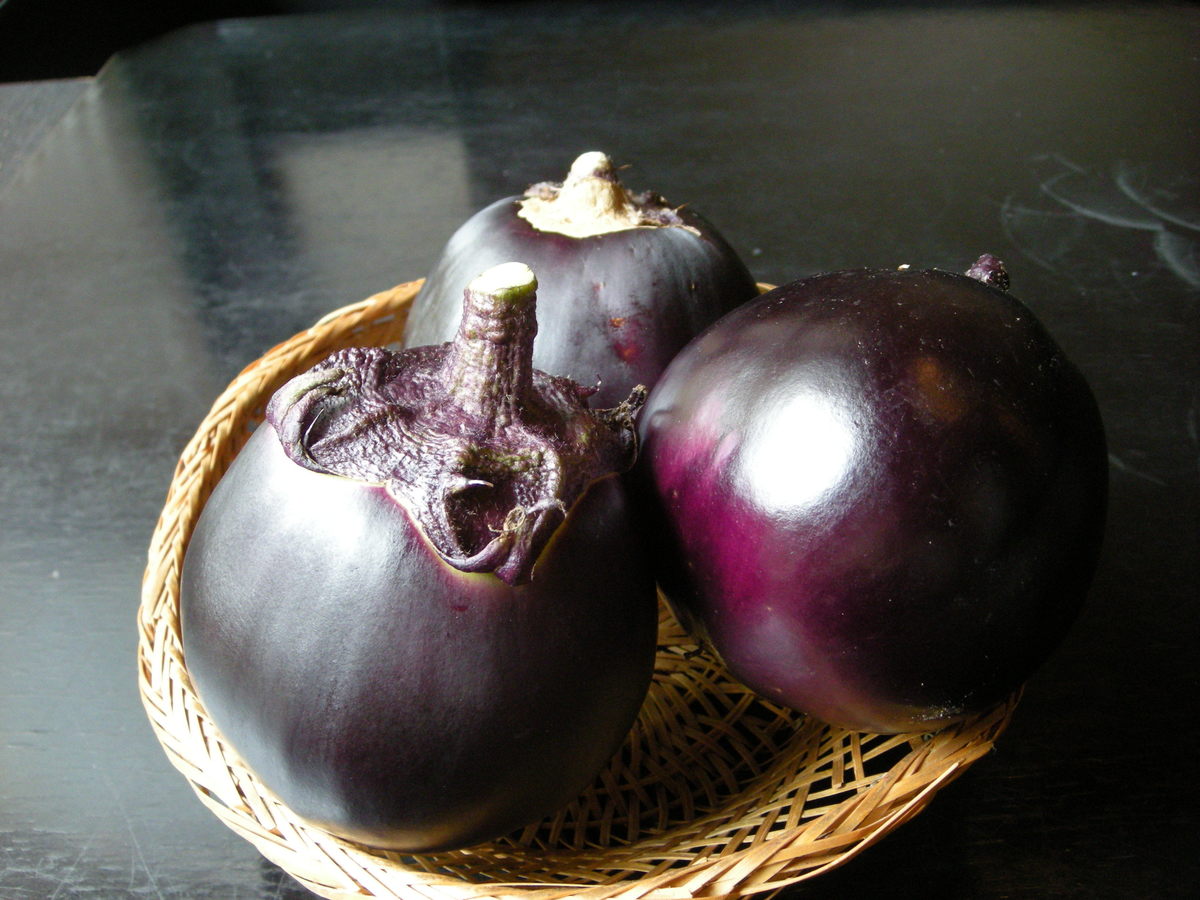
Kamo eggplant
Representative of Kyoto vegetables in summer.
It has good compatibility with oil and is perfect for Chinese cuisine.
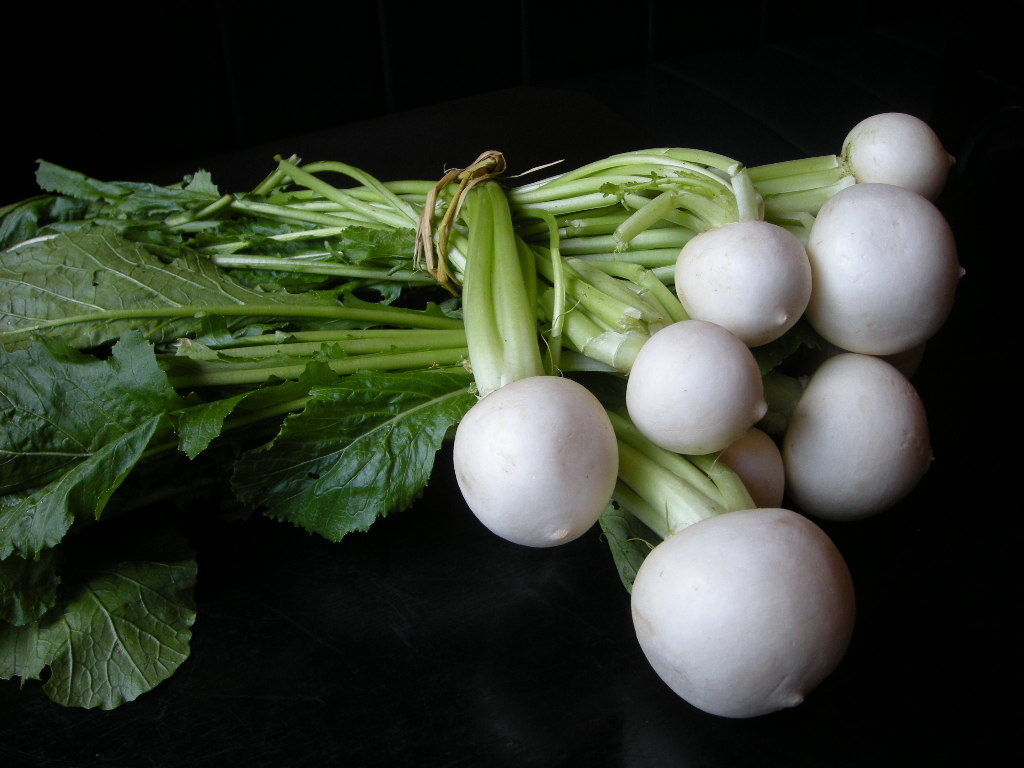
Small bear
I often see it even when it is warm, but after all winter small shoes are good.
At my home, I am stewing with Kudzu starch etc. like Kujo Oniga.

Okayama
Like Moroheiya, it is a vegetable that you stick out and sticky.
History is old and it is made from the Heian period.
Tempura makes its flavor like seaweed as its name.

Kujo Onegi
It is Kujo Onega now seen throughout the year, but the season is winter. It increases the sweetness in the winter in Kyoto which is cold.
I think that Kujo green onion grown to be extremely thick can be used enough as the main ingredient, and it is served with meat miso sauce.

Taro
The stem is red, and this potato is bent and shaped. It is called shrimp.
It is a sweet potato with a rich taste.
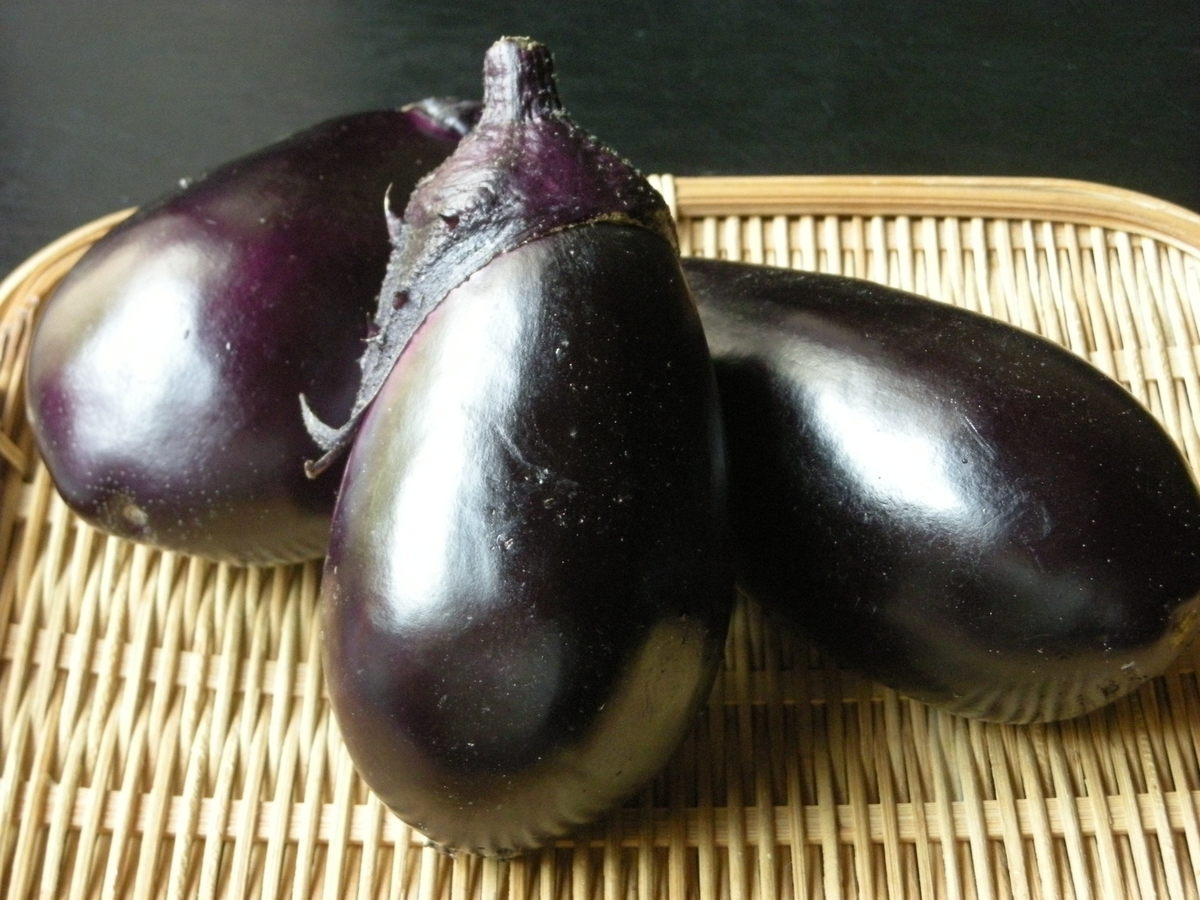
Kyoyamashina eggplant
It's a solid eggplant that doesn't crumble and goes well with Chinese food. If you boil it through the oil and simmer it with a good taste, the taste of eggplant will come out firmly and it will be delicious and delicious!
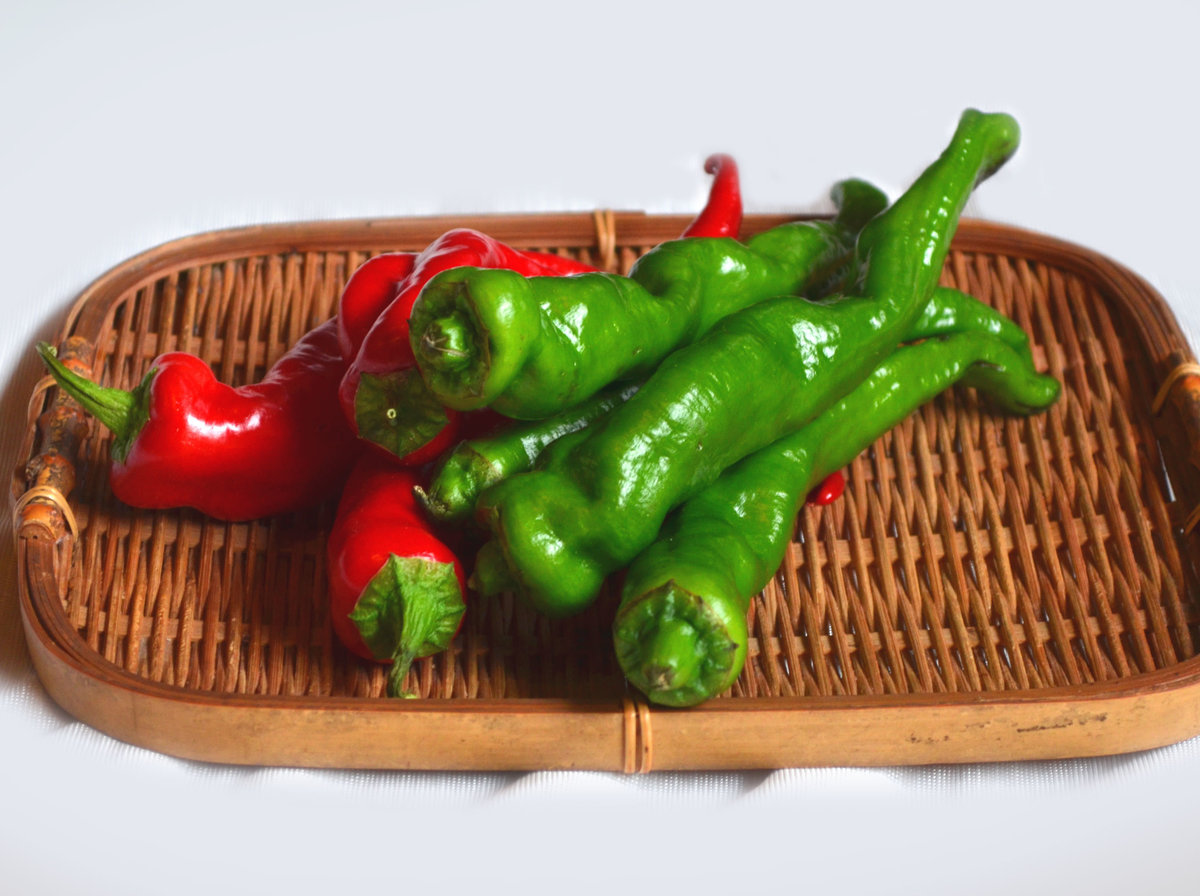
Manganji pepper
It's a nationally famous representative of Kyoto vegetables .
I sometimes see Akamanganji, but it's a sweet, easy-to-use vegetable with good color.

Kyoto Mizuna
It's now a national vegetable that's always lined up in supermarkets.
Perhaps salads have become more common than pots.
Especially, I think this Kyoto mizuna is thin and goes well with salad.

Shogoin radish
It is also called "Yodo Daikon" from the current production area .
It is large, very precise, and it is difficult to pass a kitchen knife.
The upper part (close to the leaves) is very sweet, and I think that it has a texture similar to "persimmon", but what?

